Take your supplements with


13 Benefits of Microdosing GLP-1 (Is it Really Better?)
What if the "right" dose of GLP-1 medications for you is different from what's printed on the label?
Standard dosing schedules work great for some people but leave others feeling sick, exhausted, and ready to quit. That's exactly why more patients and providers are exploring microdosing. You get better adherence, more stable energy, improved metabolic health, and the flexibility to adjust your treatment.
Let’s walk you through 13 compelling reasons why microdosing might be your answer. You'll learn exactly how it works, who benefits most, and what potential downsides to watch for.
What Is Microdosing GLP-1?
Microdosing GLP-1 means taking fractional doses of a GLP-1 receptor agonist instead of following the manufacturer's standard schedule.
Standard dosing follows a fixed path. For example, you might start at 0.25 mg, then move to 0.5 mg, then 1.0 mg every four weeks until you reach the maximum dose. Microdosing breaks those jumps into smaller steps. You might increase by just 0.125 mg at a time, giving your body more time to adjust.
This technique addresses dose-limiting tolerability issues and helps maintain therapeutic continuity during supply shortages.
Side Note: If you're new to injectables, learning proper GLP-1 injection technique is just as important as finding the right dose.
Potential Benefits of Microdosing GLP-1
Here's why more people are exploring this personalized approach to GLP-1 receptor agonists.
1. Dramatically Reduced Nausea and GI Side Effects
The most common reason people quit GLP-1 medications is stomach problems.
When you microdose, you give your digestive system more time to adapt to delayed gastric emptying. This is the main mechanism behind nausea, vomiting, and that "too full" feeling.
Example: Instead of jumping from 0.5 mg to 1.0 mg and feeling sick for a week, you might increase to 0.625 mg, then 0.75 mg, spreading out the adaptation period.
2. Better Treatment Adherence Over Time
When you feel good on your medication, you're more likely to stick with it.
One study found that gastrointestinal side effects were the primary reason 2,173 individuals with type 2 diabetes discontinued GLP-1 receptor agonist therapy. By reducing these side effects, microdosing GLP-1 directly addresses the biggest barrier to long-term success.
Staying on treatment means you actually reach your weight loss goal instead of giving up at month two.
3. Sustained Metabolic Benefits at Lower Doses
You don't always need the maximum dose to see results.
Even at lower doses, GLP-1 agonist medications improve insulin sensitivity, reduce blood sugar fluctuations, and provide cardiovascular protection. A clinical review showed that individuals receiving GLP-1 RAs demonstrated significant reductions in fasting and post-meal blood sugar spikes.
For some people, a well-tolerated moderate dose delivers better outcomes than a high dose they can't stay on.
4. Faster Appetite Suppression for Some Patients
Many people notice appetite control kicks in fast with microdosing. Some patients are "super-responders" who react strongly to even ultra-low doses of GLP-1 medications. These individuals don't need aggressive titration to feel the effects.
If you're one of these super-responders, appetite suppression can start within days of your first low dose. You'll experience reduced food noise and cravings without needing to push your dose higher.
The personalized nature of microdosing lets you find your minimal effective dose instead of overshooting and feeling terrible.
5. Flexible Dose Adjustments During Life Changes
Life happens. You get sick, have surgery, or go through a stressful period.
Microdosing GLP-1 gives your provider the flexibility to quickly reduce your dose during acute illness or temporary setbacks without needing a new prescription. You can dial down when you need to, then gradually increase again when you're ready.
6. Lower Cost for Cash-Paying Patients
If you're paying out of pocket, microdosing may stretch your medication further. By using smaller doses from each pen or vial, you extend how long your supply lasts. This directly reduces your monthly costs while maintaining therapeutic benefits.
At Ivy Rx, personalized GLP-1 injections cost $175 per month with transparent pricing and no insurance needed. When you microdose, that investment goes even further.
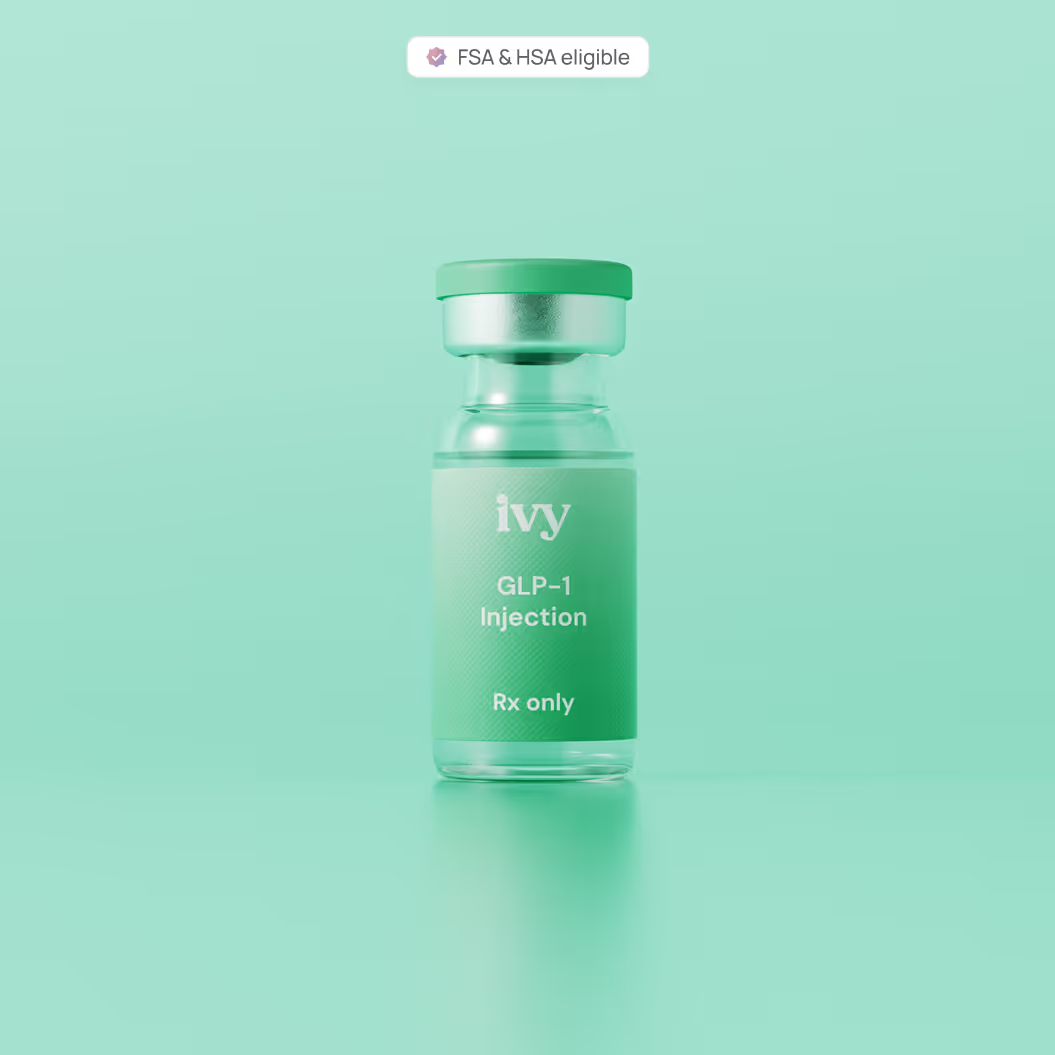
Affordable options for all patients matter, especially when obesity medication isn't always covered by insurance.
7. Reduced Muscle Loss During Weight Loss
One concern with rapid weight loss is losing muscle along with fat.
Slower, steadier weight reduction through microdosing may help preserve lean muscle mass better than aggressive dosing. You're giving your body time to prioritize fat burning over muscle breakdown.
Pro Tip: Combining GLP-1 microdosing with adequate protein intake and resistance training optimizes body composition changes.
8. Better Sleep Quality and Energy Levels
When you're not battling severe nausea or digestive distress, your energy naturally improves. Some users even report that reduced inflammation and better blood sugar regulation lead to deeper, more restorative sleep.
Sustained energy throughout the day makes it easier to exercise, prepare healthy meals, and stay consistent with lifestyle changes.
9. Improved Insulin Resistance and Blood Sugar Control
GLP-1 RAs increase insulin secretion while decreasing glucagon release, creating a favorable metabolic environment. This means better blood sugar control, even if you're not at the maximum dose. For people with insulin resistance or prediabetes, these benefits may be life-changing. You're addressing the root metabolic dysfunction, not just treating symptoms.
10. Potential Neuroprotective Effects at Lower Doses
GLP-1 RAs may reduce brain insulin resistance and amyloid-beta accumulation, both linked to cognitive decline. While more research is needed, starting with lower doses might offer neuroprotection without requiring high doses purely for weight loss.
11. Less Risk of Gallbladder Issues
Rapid weight loss increases your risk of gallstones and gallbladder problems.
By slowing down the rate of weight reduction through microdosing, you give your body a gentler path. This may reduce complications related to rapid fat mobilization and liver fat changes.
12. Easier Transitions Between GLP-1 Medications
If you need to switch from one GLP-1 agonist to another, microdosing makes the transition smoother.
Gradual dose adjustments during medication transitions improve therapeutic response and reduce the risk of side effects or loss of efficacy. This is particularly helpful if you're moving between different GLP-1 medications or compounded medications.
Comparing GLP-1 medication becomes less stressful when you can adjust precisely.
13. Addressing Food-Related Mental Health Issues
For people with disordered eating patterns or food addiction, GLP-1 microdosing offers a gentler intervention.
The reduction in food-related mental health struggles (like obsessive food thoughts, binge eating, or constant cravings) may happen even at lower doses. You gain mental freedom without the physical misery of high-dose side effects.
Microdosing vs Standard GLP-1 Dosing
Understanding the difference helps you make informed decisions with your provider.
Finding your optimal dose becomes a collaborative process between you and your provider rather than following a rigid schedule.
Who should consider each approach?
Standard dosing works well for people with good tolerance and clear metabolic health goals who want faster results. Microdosing GLP-1 suits those who've experienced severe side effects, discontinued GLP-1 RAs previously, or prefer a more cautious approach.
Who Might Consider Microdosing?
Certain people are ideal candidates for this personalized approach:
- People with GI sensitivity top the list. If you've ever felt so nauseous on GLP-1 medications that you couldn't function, microdosing gives you a realistic alternative to quitting entirely
- Previous treatment failures make you a good candidate too. Maybe you tried standard dosing and stopped after a month because of intolerable side effects
- Individuals new to injectables often appreciate starting smaller to build confidence
- If you have 20-30 pounds to lose and aren't in a rush, microdosing provides steady, sustainable results
- Microdosing requires more attention to dosing precision, so you must be capable of managing this complexity
- Patients who don’t meet the typical BMI threshold to qualify for a prescription (BMI of 30+)
Important: Candidates should undergo thorough medical evaluation including assessment for contraindications like inflammatory bowel disease, kidney disease, or other conditions that require careful monitoring.
Potential Risks and Limitations of Microdosing
Every approach has downsides you need to understand.
Risk of Subtherapeutic Dosing
If you stay too low for too long, you might not get the full therapeutic benefit.
Research shows that GLP-1 medications have a dose-response relationship. Higher doses in clinical scenarios produced significantly more weight loss: tirzepatide 15 mg achieved 22% weight reduction, while 5 mg achieved only 13.7%.
Chronic underdosing could mean you plateau below your target weight or don't achieve adequate blood sugar control. This is why medical supervision is critical.
No Standardized Protocol or FDA Approval
Microdosing GLP-1 is off-label.
This lack of standardization means treatment plans vary widely between providers. There's no consensus on optimal microdose increments or titration schedules.
You're essentially in less-charted territory, which requires an experienced provider who understands obesity medicine and may adjust your plan based on your response.
Increased Risk of Dosing Errors
Precision matters with microdosing, and mistakes can happen.
Some methods involve "click counting" on multi-dose pens or relying on compounded medications that require careful measurement. Safety with compounded formulations requires working with quality pharmacies and following instructions exactly.
Poor health literacy or misunderstanding instructions increases risk. This is why not everyone is a good candidate for microdosing.
4. Longer Time to Reach Your Weight Loss Goal
Patience is essential with GLP-1 microdosing. Standard dosing gets you to effective doses in 8-16 weeks. Microdosing might take 20-30 weeks or longer to reach the same point.
If you're hoping to lose significant weight for a specific event or deadline, this slower pace could be frustrating. Seeing results after one month might be less dramatic than with standard dosing.
You're trading speed for comfort and sustainability.
5. Complexity in Monitoring and Adjustments
Microdosing requires more frequent check-ins and careful monitoring.
Your provider needs to track your tolerance, efficacy markers like weight and blood sugar, and any emerging issues. You'll need regular lab work and responsive communication with your medical team. This level of engagement isn't practical for everyone.
6. Limited Evidence for Long-Term Outcomes
We simply don't have decades of data on microdosing GLP-1 outcomes.
While standard-dose clinical trial data spans years and includes thousands of participants, microdosing evidence comes mainly from clinical observations and smaller case series. This uncertainty should factor into your decision-making.
7. Not Covered by Standard Insurance Protocols
Because microdosing is off-label, insurance companies may not cover it the same way they cover standard prescriptions.
You might face higher out-of-pocket costs or need to pay cash entirely. However, at IVY RX, affordable Options for All Patients are available with personalized GLP-1 injections at $175 monthly, transparent pricing regardless of insurance status.
Quick Fact: Microdosing GLP-1 doesn't mean skipping proper titration. It's a slower, guided approach that requires medical supervision, not a DIY workaround.
Get Personalized GLP-1 Treatments with IvyRx
The benefits of microdosing GLP-1 are real, but you need the right support system.
At IVY RX, we offer personalized GLP-1 injections designed specifically for your tolerance, goals, and medical history. Unlike rigid one-size-fits-all protocols, our approach gives you flexibility to adjust your dose based on how your body responds.

You'll get 24/7 access to licensed providers who understand the nuances of GLP-1 microdosing. Whether you need to pause during illness, slow down your titration, or troubleshoot side effects, expert support is always available.
Start your personalized weight management journey today, or start with a free medical evaluation to determine your best dose.

Ivy RX patients
Members of Ivy RX branded medications were paid for their testimonials.
Related
articles
.jpg)
GLP-1 Microdosing Schedule: Complete Guide to Dosages (2026)
Your 2026 GLP-1 microdosing schedule overview, including dosage concepts, safety considerations, and guidance to support informed medical discussions.

13 Benefits of Microdosing GLP-1 (Is it Really Better?)
Curious about microdosing GLP-1? Learn what it is, potential benefits, how it works, and if smaller, personalized doses can improve results and reduce side effects.

Strive Pharmacy Semaglutide: User Reviews, Cost, & Legitimacy Guide
See Strive Pharmacy Semaglutide’s real costs, side effects, and whether real customers are satisfied…

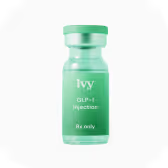





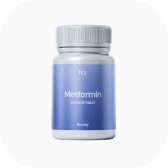

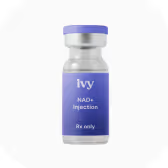


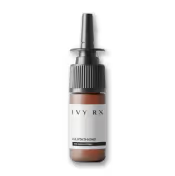
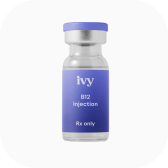
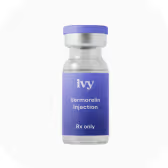

.png)

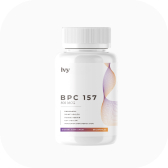




.png)


